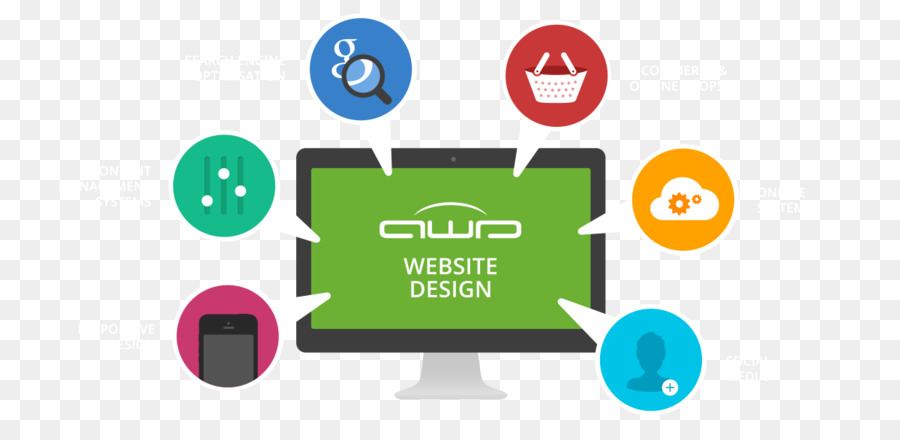Fundamental Elements Of Web Design: Guidelines For Creating A User-Centric Site
Fundamental Elements Of Web Design: Guidelines For Creating A User-Centric Site
Blog Article
Article Author-Hovmand Secher
When it comes to site style, ensuring user-friendliness is key. From receptive design to structured navigation, every aspect plays a critical duty in producing a site that accommodates your target market's requirements. Yet what concerning the better information that can make or break a customer's searching experience? Remain tuned as we discover some often-overlooked pointers that can elevate your site's usability to the next degree, making it genuinely stick out in the electronic landscape.
Relevance of Responsive Design
Receptive layout is a crucial element of contemporary internet site advancement. Guaranteeing your web site is responsive methods that it can adjust to different screen dimensions and gadgets, offering a smooth experience for users.
With the increasing use mobile phones and tablet computers to access the web, having a responsive style is necessary for reaching a wider target market. It helps in improving customer experience by making your website easy to navigate and read on any kind of tool.
Additionally, receptive layout can positively affect your internet search engine positions, as internet search engine like Google focus on mobile-friendly web sites. By having a responsive style, you're likewise future-proofing your site, as new devices with differing display dimensions continue to arise.
Simplify Navigating Framework
To improve individual experience and help with easy access to info on your site, improving the navigating framework is paramount. When developing your website, concentrate on producing a clear and user-friendly navigating menu that aids site visitors find what they're trying to find promptly.
Restriction the variety of menu items to the fundamentals, organizing relevant pages with each other to stay clear of frustrating customers. Use detailed tags that plainly suggest the material of each page, making it less complicated for individuals to understand where each link will certainly take them.
Consider implementing dropdown food selections for subcategories to avoid littering the major navigation bar. Furthermore, consist of a search bar plainly on the web page for users who favor looking for particular info.
Prioritize mobile responsiveness in your navigating layout to make certain simple accessibility on all devices.
Optimize Web Page Tons Speed
Improving page tons speed is vital for keeping visitors on your website. Slow-loading pages irritate users and can cause high bounce rates. To enhance https://www.digitaljournal.com/pr/wsimlogix-devises-custom-digital-marketing-strategies-to-help-businesses , begin by optimizing images. Compress Difference Between LASIK And Laser without endangering quality to reduce their file sizes.
Furthermore, enable internet browser caching to keep often accessed sources locally, accelerating lots times for returning visitors. Minify CSS, JavaScript, and HTML documents by eliminating unnecessary personalities, remarks, and format, improving tons speed.
Take into consideration utilizing a web content shipment network (CDN) to distribute your website's material across several servers worldwide, minimizing latency for individuals accessing your site from different areas. Last but not least, limit using third-party manuscripts and plugins, as they can considerably influence lots times.
Conclusion
To conclude, by including receptive style, simplifying navigating, and enhancing web page load rate, you can create a straightforward website that appeals to a broader target market and enhances customer experience. These essential elements make sure that visitors can quickly access and browse your website across different gadgets, leading to increased interaction and contentment. By focusing on these key aspects, you can construct a successful internet site that maintains customers returning for even more.
